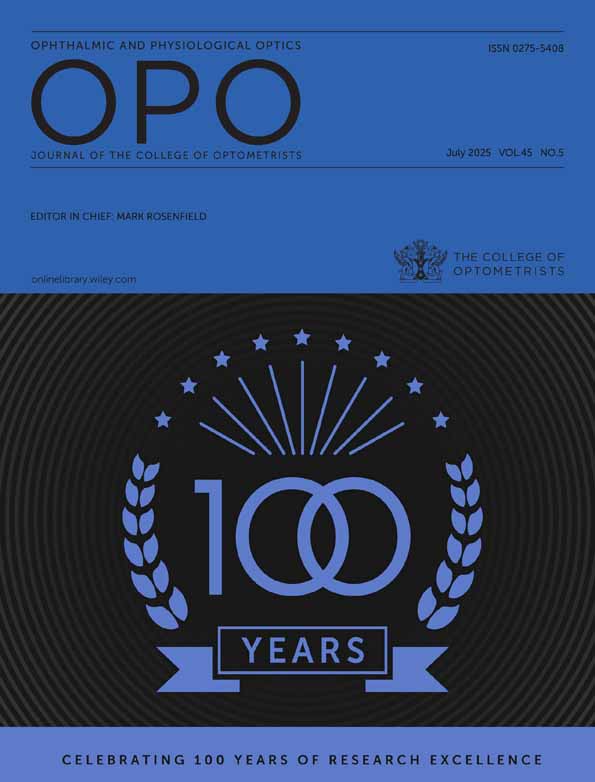The diagnostic outcome of new glaucoma referrals
Summary
A retrospective cohort study of the case notes of 295 patients referred to the glaucoma chnic at the Royal Infirmary of Edinburgh between October 1993 and March 1994 was performed. The purpose of the study was to determine the diagnostic outcome of new referrals suspected of having glaucoma, all of whom were examined by a single glaucoma specialist. The largest diagnostic group was ocular hypertension I1 13, 42%). just over half of which were started on treatment. A new diagnosis of glaucoma was confirmed in 46 patients (17%. In total. 107 patients 39%) required treatment (46 glaucoma and 61 ocular hypertension). Thirty-six percent of new referrals were either discharged 180, 29%) or had other ocular conditions unrelated to glaucoma (19, 7%). A proportionately high number of new glaucoma cases 15 out of 46) had normal Intraocular pressures, which emphasises the important role of ophthalmoscopy and perimetry in case detection. In conclusjon. the number of newly diay-nosed cases of glaucoma (17%) is considerably less than previous reports (22–39%), with a high proportron of referrals (2 in every 51 havrng ocular hypertension.




